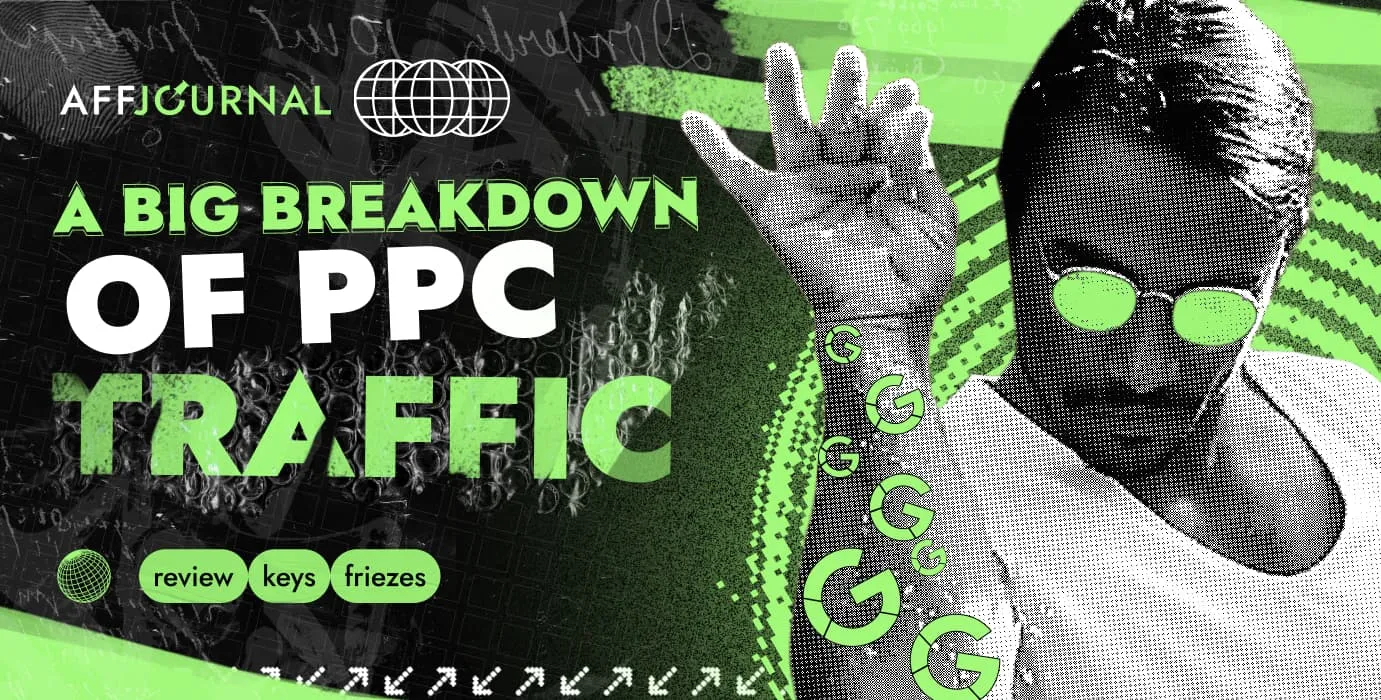

by Editor
While some webmasters remain stuck in the past, working with outdated targeting, teasers, and mailings, others keep an eye on trends, find opportunities to invest their budget more wisely, and achieve better results. PPC is that very trend. The folks at BROFIST.partners have decided to explain what this format is and the advantages that specialists gain by choosing the pay-per-click path.
What is PPC traffic: advantages and disadvantages
PPC (Pay Per Click) is a format in which a webmaster pays for the number of clicks on an advertisement, rather than for traditional impressions, as in targeting or purchasing from publics. Many sources can operate under this model, but in CPA, contextual networks like Google, Bing, and others are usually implied.
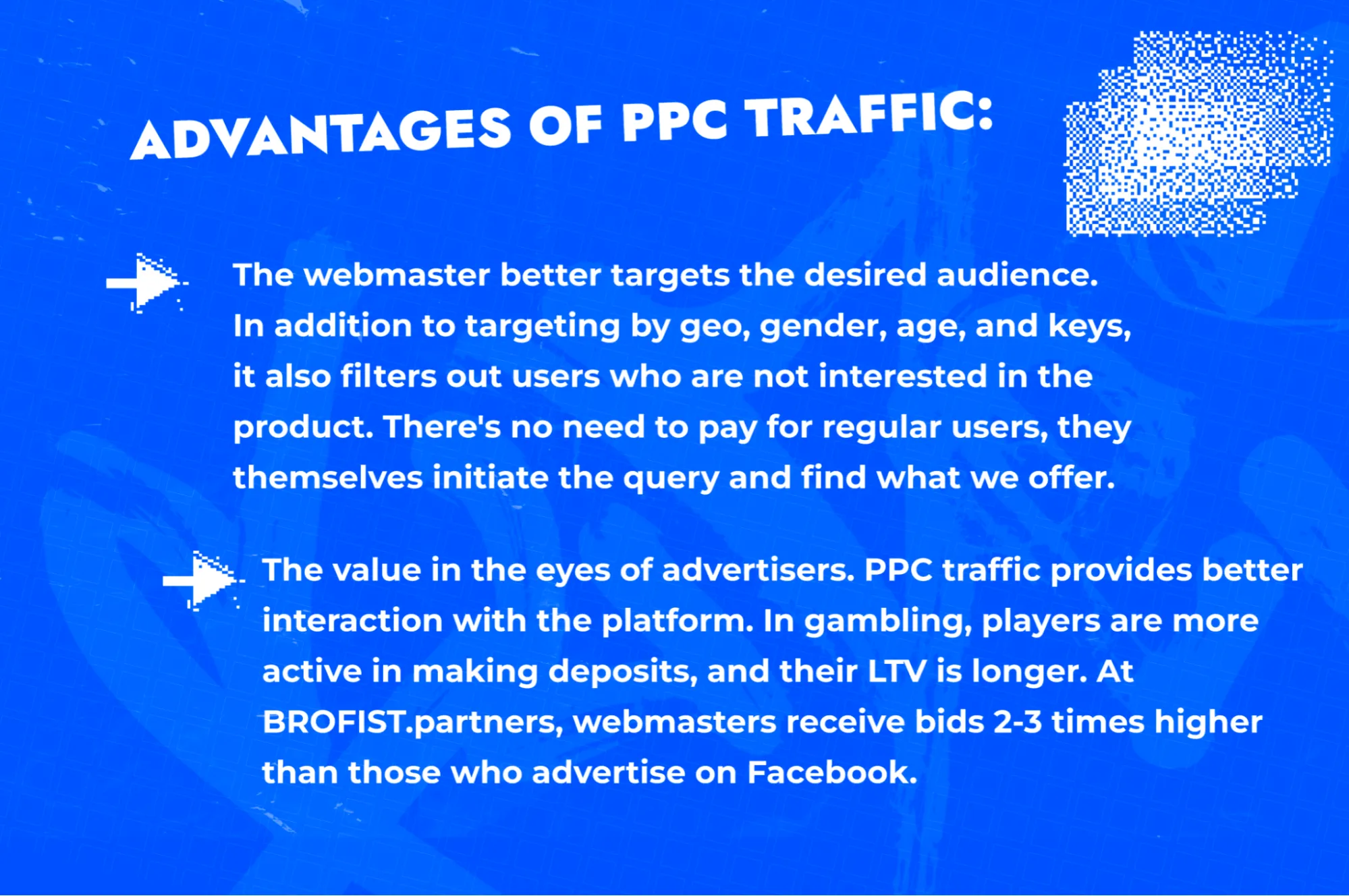
Tips for gathering the best keywords for PPC and SEO
Strictly adhere to the keywords. PPC involves working with key queries, which must be precise and concise to target the desired audience and exclude cold user segments. Determine the strategy for using keywords of different categories (high-, medium-, low-frequency) in advance. You can use services like Google Trends or other programs to gather semantics.
The process of selecting them is always research, analysis, and experimentation. But how can you avoid making mistakes, find the best ones, and greatly improve your marketing efforts?
1. Understand your audience. What are their pain points, interests, and behavioral patterns? Knowing this will help you identify keywords they use when searching for products or services. For example, the query “Billy Billion play casino” will bring in much more profit than “Billy Billion free bonuses”, which attracts freebie lovers.
2. Create a basic list of relevant keywords — Seed keywords. Think about the products or services you offer, as well as industry terms your audience may use. This process is called building a semantic core of queries. Tools like Google Keyword Planner, Semrush, and Ahrefs can assist you in generating additional keyword variations.
Here are some options that Ahrefs suggests for the keyphrase “buy books” in the USA

*in the photo the Ahrefs service, which helps generate additional keyword variations
Semrush, for the same search, provides even more keyword variations. It filters them based on numerous criteria, such as the number of words in the keyword, broad match, phrase match, or similar intent (the goal that the user aims to achieve).
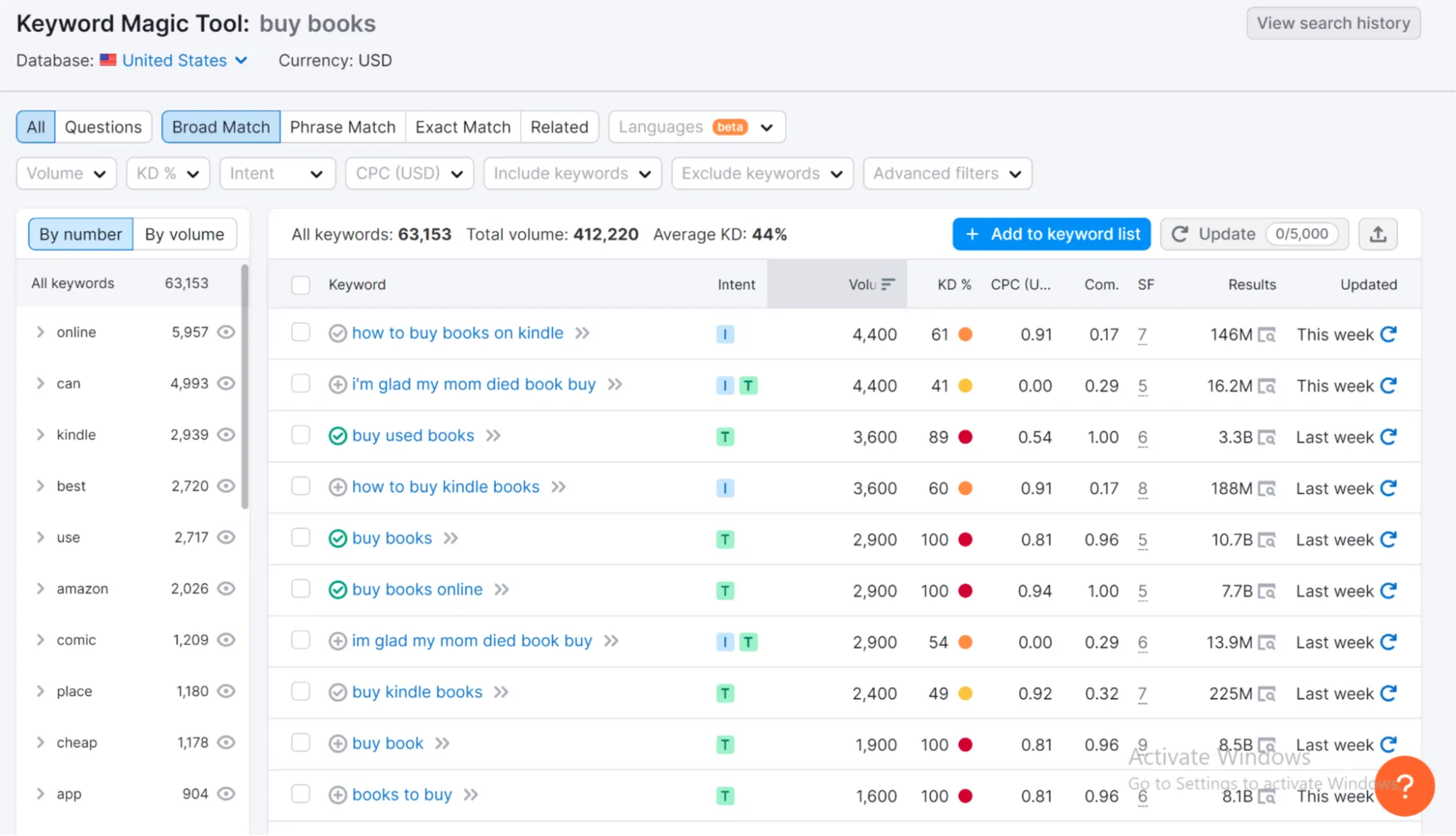
3. Analyze the competition for each keyword. Look at the search volume, cost per click (CPC), and level of competition for each keyword. Google Keyword Planner, SEMrush, and Ahrefs can help with this once again.
The most convenient way is to use SEMrush Keyword Gap. You can add up to 5 domains, including your own and 4 competitors, to compare keyword profiles. See which keywords your site lags behind competitors on, and for which ones it’s not ranking at all (untapped keywords). The same SEMrush service shows CPC for competitors' keywords significantly lower than they actually are.

4. Narrow down the list of keywords. Based on your analysis, refine the list to include keywords with the best balance of search volume, cost per click, and level of competition. These are the keywords most likely to drive traffic to your website and convert into deposits or potential players.
For SEO keywords, look for a balance between KD (keyword difficulty) and volume (frequency). In the case of PPC — between volume and CPC (cost per click).
Finding the best keyword options for PPC and SEO requires a combination of research, analysis, and experimentation. Also, keep in mind that many keywords are automatically banned by Google. For example, when targeting the CIS region, the keyword “PariMatch” is immediately banned, and no one will even check it. However, if you write this keyword using Russian letters, everything works. Such keywords need to be known and avoided. You can consult with a manager who should assist with this.
What difficulties can arise, and how are they resolved?
Whitelists. Google needs to be cloaked. Moderation of contextual networks is usually stricter, often involving real managers in the review process, not just bots. Without a working cloak, you won't be able to run ads in gray niches - they will be rejected even before the start of the campaign. The solution is to use services that regularly update black and white lists and databases of ad network bots.
Whenever possible, work for the long term. For example, by including a phrase in your ad that the user can remember and return to independently, you not only won't pay for it but also maintain the potential of attracting a lead. Typically, you can't include brand names in your ads, but you can take a different approach. For instance, use a keyword with the name of your resource, where there’s already a link to the offer. Advertising platforms know just as much about the quality of PPC traffic as you do. Therefore, a “click” action is inherently more expensive than an “impression”.
Expensive click. If a click is expensive, look for nuances in the funnel, starting from the ad and settings and going all the way to the product itself. If that doesn't help, someone might be click-farming your budget. There's no point in this other than simple sabotage. Google will refund the money for such clicks anyway. It's advisable to monitor performance directly in the advertising account, not just through a tracker, as results may take several hours to come in.
Low conversion. A user for whom you pay per click is far from being your lead yet. He’s only halfway to taking the desired action. Therefore, follow some rules:
- In the ad, besides the alluring part, strive to provide an accurate description and USP of the product. Ideally, you should combine them and create an ad text of 1-2 sentences.
- On the landing page (or wherever the link leads), everything should be ready to receive traffic. This is the final stage of the funnel. Ensure that users feel comfortable there and take the necessary actions because you've already paid for the click.
If the user gets what he wanted after clicking, he’ll bring profit. If not, he'll simply leave, costing you a few cents (or dollars) for his click.
How to address issues with PPC traffic?
Despite the high-quality nature of search traffic, launching advertising campaigns is far from a walk in the park. Every day, difficulties of various kinds arise, like keyword selection, technical issues, bans, competition, and much more. However, this is not a reason to give up on players for whom the advertiser pays almost twice as much!
Click farming, fraud and competition. PPC is paying for clicks. It’s beneficial for both webmasters (since only interested users click) and the ad network, as it understands the quality of traffic and autonomously increases the cost per click. It doesn't significantly impact the budget of an arbitrator if everything is done fairly. But sometimes, the advertising platform starts generating clicks using bots. These clicks won't generate profit, but the money spent on clicks will be lost.
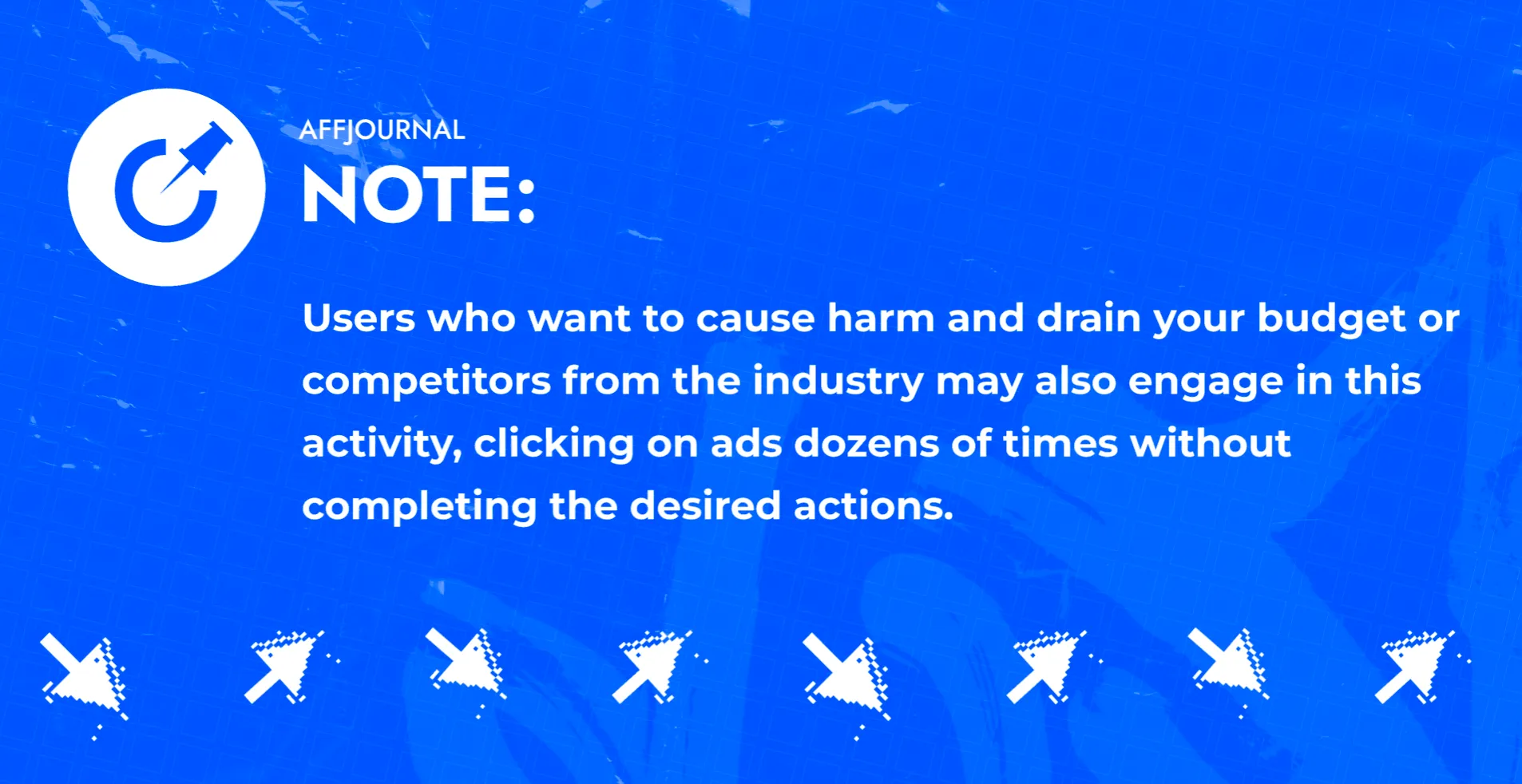
Platforms are aware of this problem and try to fight it. For example, Google refunds money for clicks it deems fake. However, it's not advisable to rely entirely on the network. Keep your finger on the pulse and monitor statistics in the advertising account of the platform, affiliate network, and analyze through a tracker.
Bans and freezes. Just like on Facebook, Google blocks advertising campaigns for various reasons.
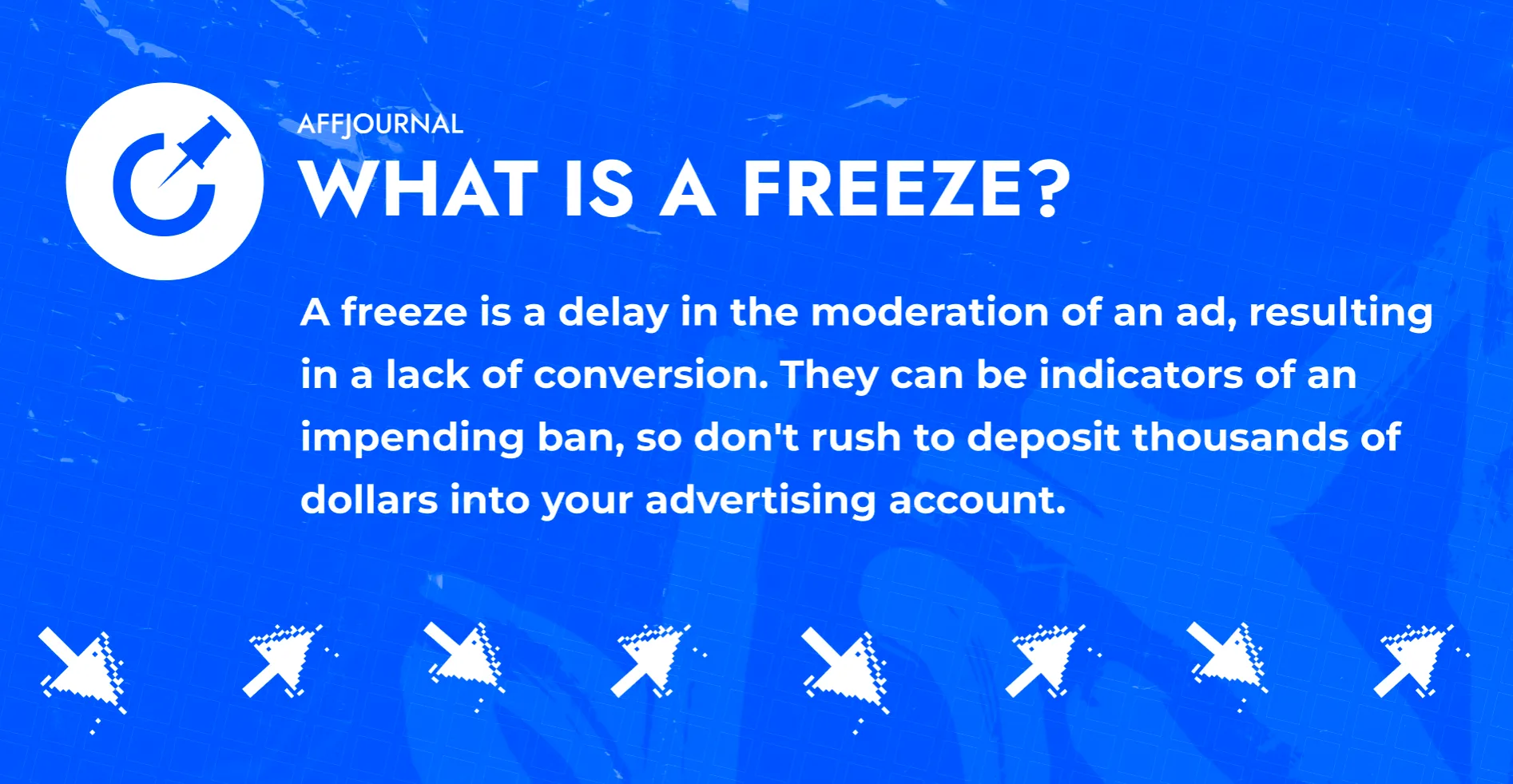
Here are some solutions:
- Avoid clearly prohibited keywords. Don't engage in suspicious activities like rapid scaling, logins without adhering to “clean fingerprints”, or categorical changes in your account settings. Do things gradually and in advance.
- Check your budget. It's possible that your account simply ran out of funds.
- Advertising campaign settings. Incorrect start and end dates, GEO, inadequate bid for the current auction.
- Explore options where you don't need to invest additional money. Try reloading campaigns, changing domains or applications, and checking cloaking settings.
Sometimes, a lack of budget can be the cause of a lack of conversions, especially when dealing with high-frequency and expensive niches. Gambling is just one of such niches.
Common types of blocks include:
- Payment ban (can be resolved by testing new cards and changing BINs).
- Inadmissible business models (mismatch between the ad and the white page).
- Violations of advertising activity rules (high activity in the advertising account, technical issues, domains, and more).
A simple rule to avoid problems: use unused cards with non-clean BINs, monitor all technical details, and try to adhere to the rules when working with your advertising account.
Freezes and bans are a broad topic when working with any advertising platform. Search and contextual networks are no exception. If there is demand, we’ll cover this in future materials.

by Editor
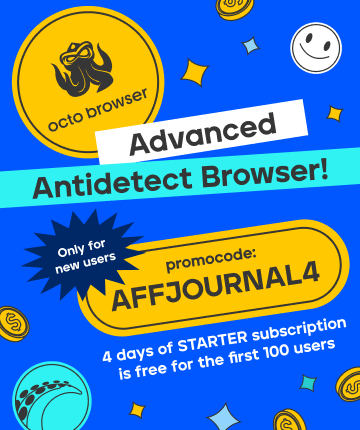

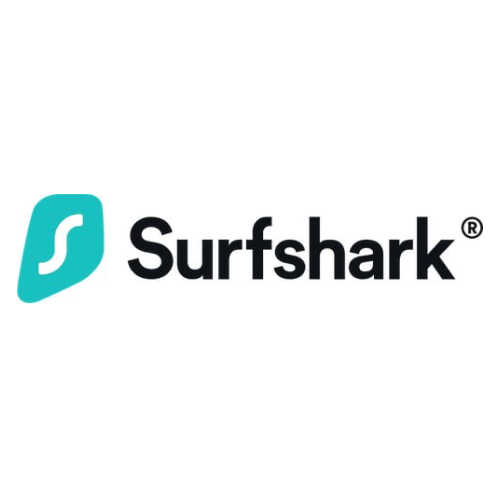
comments ....(0)
Leave a comment
You must be in to leave a comment